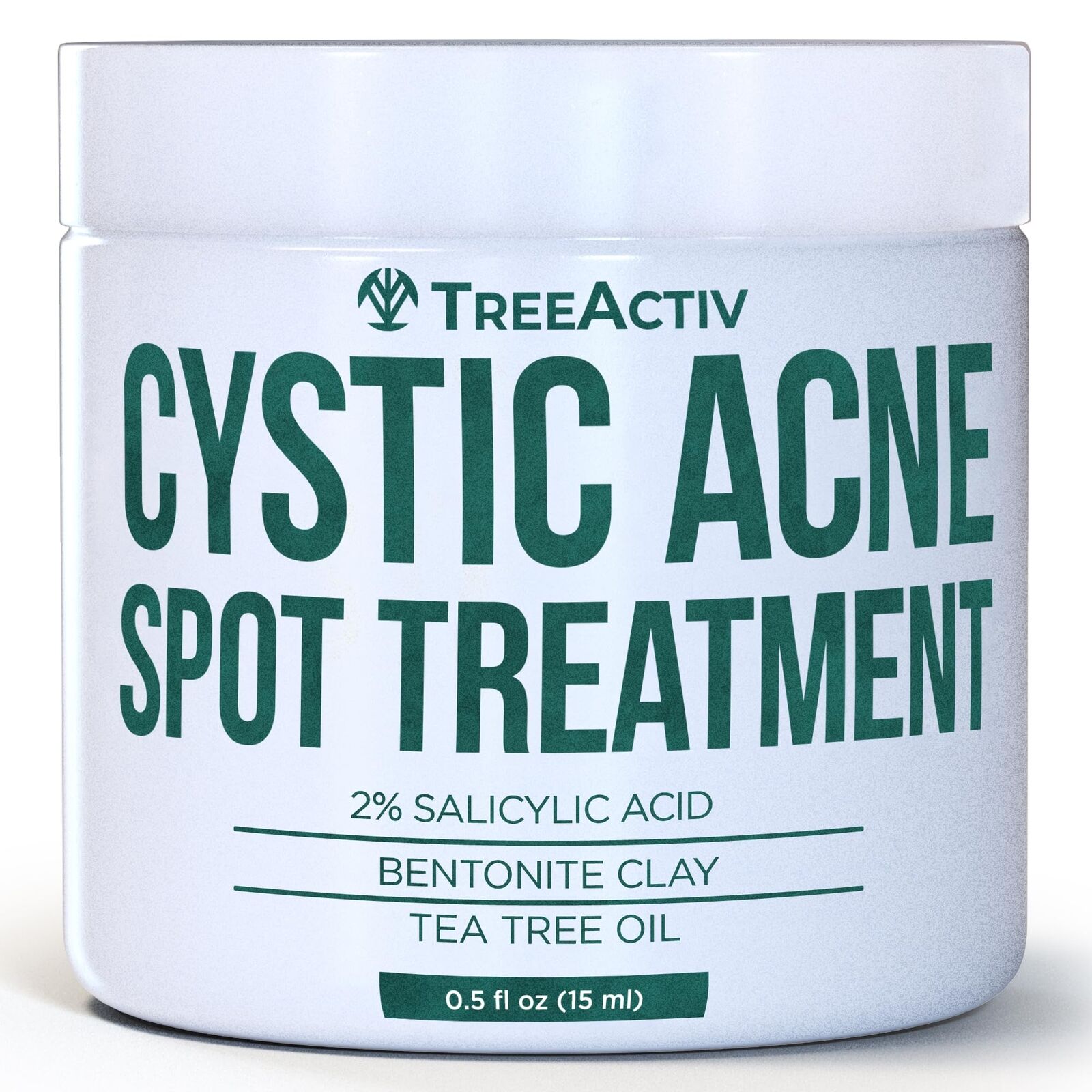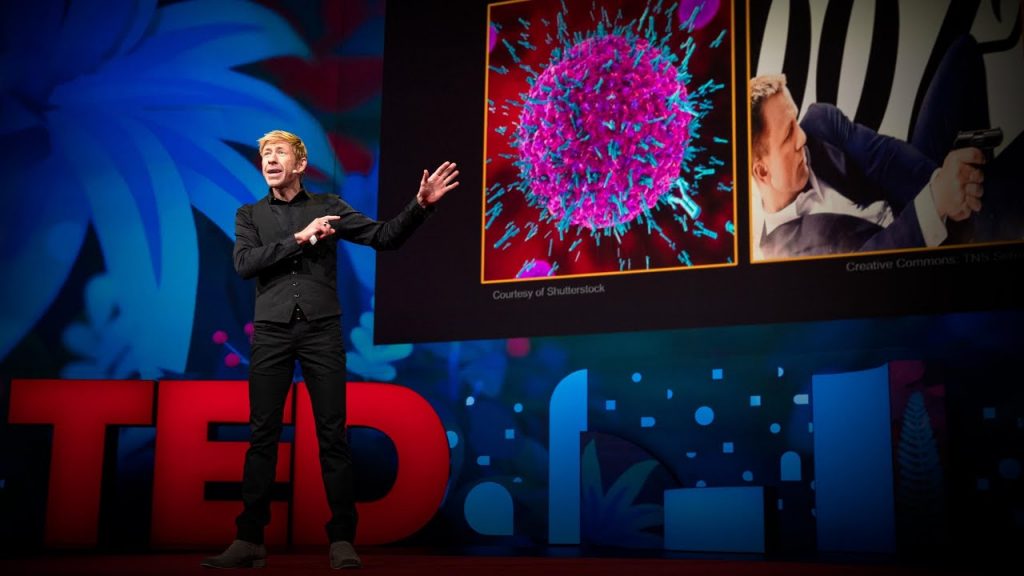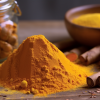Types of Acne

Acne is a common skin condition that affects millions of people around the world.
According to the American Academy of Dermatology, it is the most common skin condition in the United States, with approximately 50 million Americans experiencing some form of acne every year. While most people associate acne with teenagers, it can affect people of all ages and can be a frustrating and often painful experience. However, not all acne is the same, and it is important to understand the different types of acne in order to effectively treat and manage it.
1. Whiteheads and Blackheads
Whiteheads and blackheads are the most common types of acne and are referred to as non-inflammatory acne. These types of acne occur when hair follicles become clogged with oil, dead skin cells, and bacteria. When the clogged pore is closed, it is called a whitehead. When the pore is open, it is called a blackhead. The dark color of blackheads is not due to dirt, but is caused by the oxidation of the oil and dead skin cells within the pore.
2. Papules and Pustules
Papules and pustules are another type of acne, both of which are inflammatory. Papules are small, red bumps on the skin that can be sensitive to touch. Pustules, on the other hand, are larger and contain pus. They are often referred to as pimples or zits. Both papules and pustules occur when the walls of the hair follicle rupture, causing inflammation and infection.
3. Nodules and Cysts
Nodules and cysts are the most severe forms of acne and are both inflammatory and painful. Nodules are large, solid, and often painful lumps under the skin, while cysts are similar but filled with pus. These types of acne are the result of a severe infection in the hair follicle, often caused by a bacterial overload. They can take several weeks to heal and often leave behind scars.
4. Hormonal Acne
Hormonal acne is a type of acne that is influenced by hormones, hence its name. It is most common among teenagers going through puberty, pregnant women, and women experiencing hormonal fluctuations, such as during their menstrual cycle. This type of acne is usually triggered by an increase in the production of androgen hormones, which can cause an overproduction of oil and lead to clogged pores.
5. Acne Cosmetica
Acne cosmetica is a type of acne that is caused by cosmetic products. It is most commonly seen in people who are prone to acne and use greasy or oil-based makeup or skincare products. These products can clog pores and lead to the development of acne. This type of acne is easily treatable by switching to non-comedogenic (non-pore clogging) products.
6. Acne Fulminans
Acne fulminans is a rare and severe form of acne that usually affects teenage boys. It is characterized by sudden and severe nodular and ulcerative acne, as well as fever and joint pain. It is believed to be triggered by an autoimmune reaction and is often treated with oral corticosteroids.
In conclusion, acne is a common skin condition that can manifest in different forms. Its severity and treatment can vary depending on the type of acne a person is experiencing. It is important to consult a dermatologist for proper diagnosis and treatment plan in order to effectively manage and prevent future breakouts. Additionally, maintaining a good skincare routine, avoiding harsh products, and keeping a healthy diet can also help in managing acne.










Top 13 Probiotic Foods
7 DAY CHALLENGE – 7 MINUTE WORKOUT TO LOSE BELLY FAT – HOME WORKOUT TO LOSE INCHES – START TODAY
5 QUICK HEALTHY WEEKDAY BREAKFASTS | Easy ideas + recipes!
Fat Burning Cardio Workout – 37 Minute Fitness Blender Cardio Workout at Home
The Golden Spice: A Closer Look at Turmeric